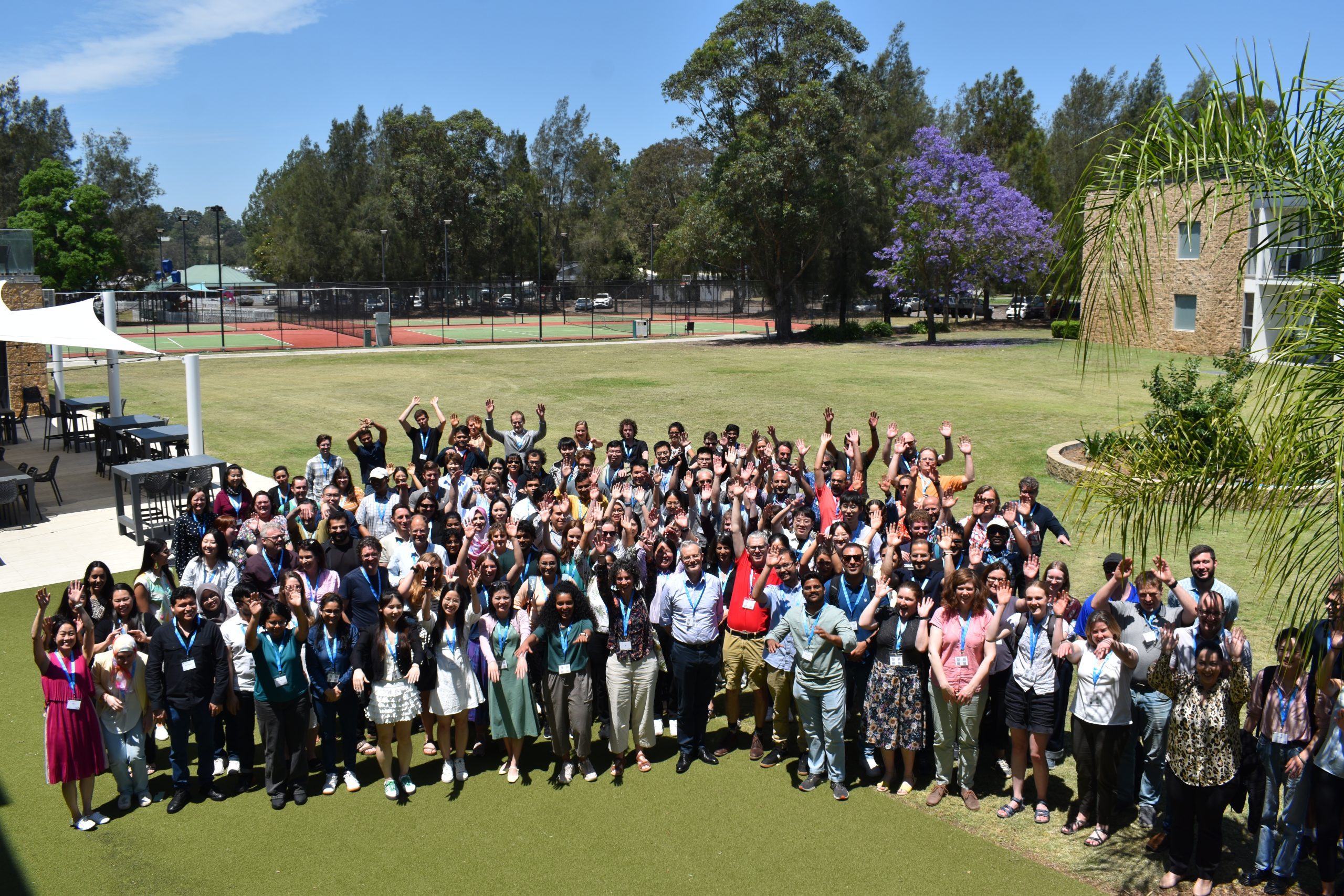As the world’s first research centre dedicated to climate extremes, the ARC Centre of Excellence (2017–2024) set a global benchmark in climate science, advancing insights into extreme events and their connections to climate change. Supported by the Australian Research Council, the Centre established Australia’s leadership in this critical area with groundbreaking work in Weather and Climate Interactions, Attribution and Risk, Drought, Ocean Extremes, and Modelling.
Led by Director, Professor Andy Pitman AO, FAA, a distinguished Australian climatologist, the Centre’s research made significant contributions, with findings published in top journals that influenced climate science, water resource planning, drought response, and marine heatwave research. Notable discoveries included showing that severe drought or partial recovery can depend on as little as 10 days of annual rainfall and revealing a 50% increase in marine heatwaves over the past century.
With landmark studies in climate extremes, drought projections, and the effects of El Niño, the Centre also established essential infrastructure like the GADI supercomputer and ACCESS-NRI, enabling more powerful climate simulations and analyses. Through hundreds of high-impact publications and advances in climate modelling, the Centre’s legacy continues to shape climate science and policy.
International collaborations enriched the Centre’s research, leading to world-class studies on phenomena like the Pacific Walker Circulation and its climate sensitivities. This global approach highlighted the Centre’s commitment to inclusivity and scientific excellence, while its most enduring legacy is in nurturing the next generation of climate researchers. Through a renowned graduate program, early and mid-career professionals trained at the Centre are now in high demand across academia, government, and industry worldwide.
The Centre championed high-performance computing, becoming an early adopter of the GADI supercomputer and a key contributor to the Australian Community Climate and Earth System Simulator – National Research Infrastructure (ACCESS-NRI). With its Computational Modelling Systems (CMS) team providing critical support in model development, data management, and infrastructure, the Centre ensured efficient, reliable research processes, supporting climate science advancements across Australia and internationally.

